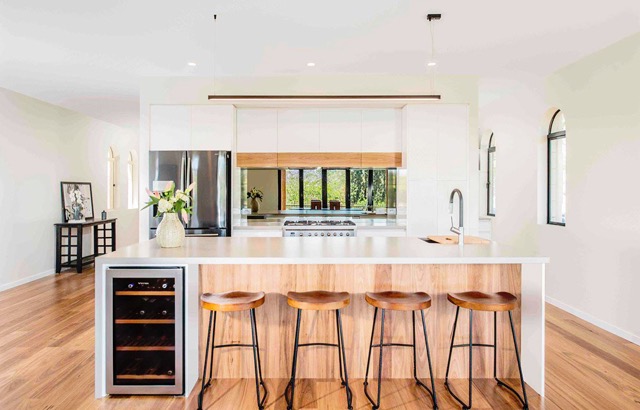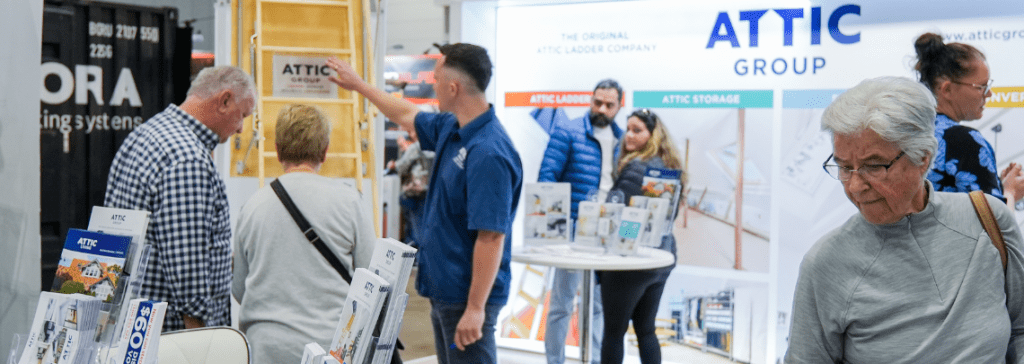10 Essential Questions to Ask When Engaging a Building Designer
Are you considering engaging with a building designer for your next project but feeling overwhelmed by the initial process? Not to worry, Sydney Drafting Concepts & Design is here to help!
Before you begin working with a building designer, it’s crucial to understand the ins and outs of the process. To help you get started, Sydney Design Drafting Concepts & Design have compiled a list of ten essential questions to ask a building designer before kicking off your project.
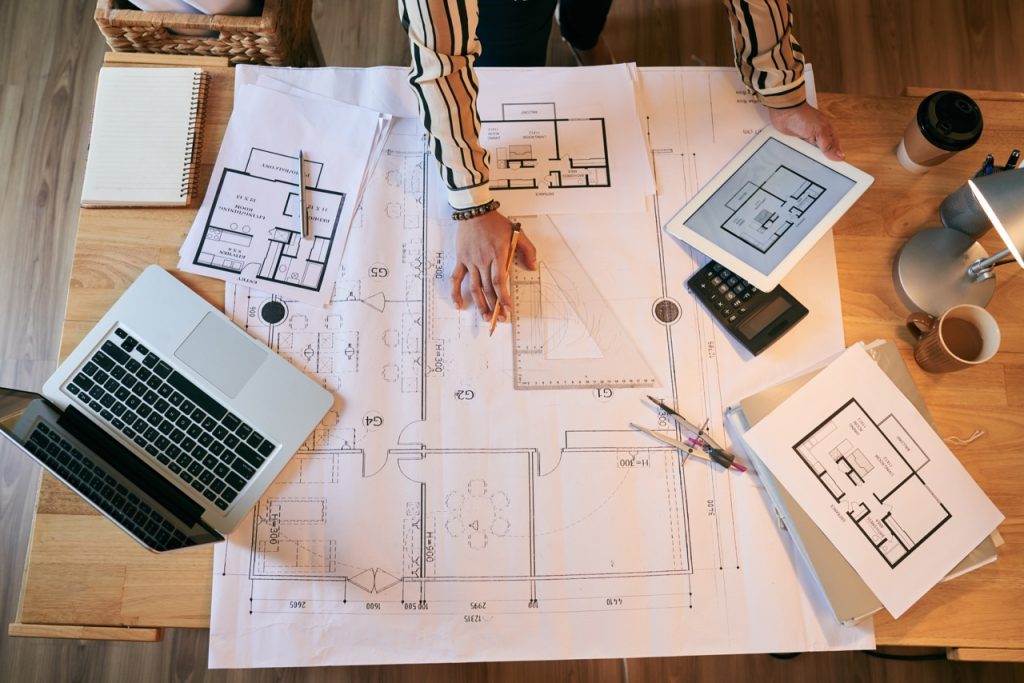
The Importance of Knowing the Project Timeframe
What is the expected timeline for the project, including design and construction plans?
Knowing the expected timeline for your project is critical. It helps you set realistic expectations and plan accordingly. You’ll want to know how long the design phase will take, when construction is expected to begin, and any potential delays that could arise.
Understanding the timeline also allows you to coordinate other aspects of your life and work that might be affected by the project. This information can help prevent unexpected surprises, ensuring a smooth and timely completion.
Always make sure to ask for a detailed timeline that includes key milestones and deadlines. This way, you can track progress and stay informed throughout the project.
Understanding the Design Process
Can you walk me through your design process, from initial consultation to final design and construction documentation?
It’s essential to understand the building designer’s approach to the design process. By asking for a walkthrough, you’ll gain insights into the steps involved, from the initial consultation to the final design and construction documentation.
This knowledge will help you gauge the designer’s skills and resources. It also provides a clearer picture of what to expect at each stage of the project. Having a thorough understanding of the process can reduce uncertainties and build confidence in the designer’s ability.
Make sure to ask about any tools or software they use during the design phase. Knowing this can give you a better idea of their capabilities and the quality of the final deliverables.
Managing Amendments and Changes
How do you handle amendments or changes to the design during the process, and how many are allowed?
Design amendments are common in any project. It’s important to know how the designer handles changes to the design and how many amendments or changes are permitted.
Understanding this process ensures that you can make necessary adjustments without causing significant delays or additional costs. It also helps you manage your expectations when it comes to making changes.
Inquire about the procedures for requesting amendments and any associated fees. This information will help you budget accordingly and avoid any financial surprises down the line.
Identifying Required Consultants
What consultants will be needed for the project, such as engineers or surveyors?
Consultants play a vital role in the success of a project. Knowing which consultants will be needed, such as engineers or surveyors, helps you understand the total scope and cost of the project.
This information ensures that all necessary expertise is accounted for, preventing potential issues during construction. It also allows you to budget for these additional services from the outset.
Ask the designer if they have preferred consultants they work with regularly. This can streamline the process and ensure that all parties involved are familiar with each other’s workflows.
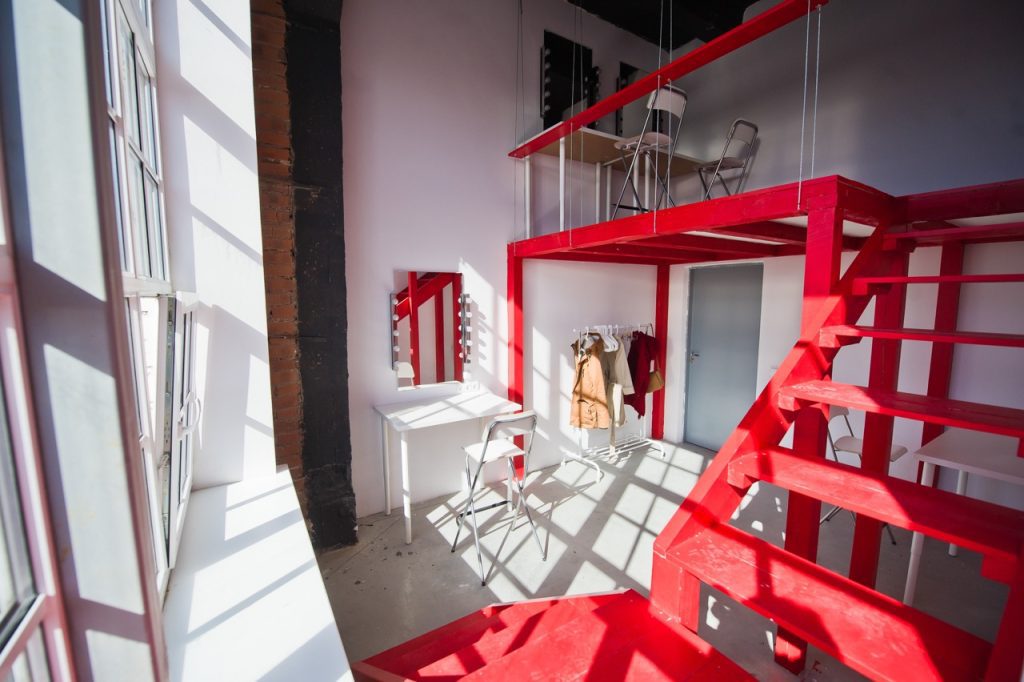
Navigating CDC or DA Applications
Will the project require a CDC or DA application, and if so, how will you assist with the process?
Understanding the requirements for CDC (Complying Development Certificate) or DA (Development Application) is crucial. These applications can significantly impact project timelines and costs.
Ask if your project will require either of these applications and how the designer will assist with the process. Having this support can make a big difference in navigating the often-complex approval procedures.
Knowing the expected timelines for these applications can help you plan your project more effectively. Ensure that your building designer is experienced in handling these types of applications to avoid unnecessary delays.
Types of Drawings and Formats
What types of drawings will we receive, and in what format?
The types of drawings and their formats are essential details to clarify before starting the project. These drawings are crucial for both construction and future amendments.
Understanding what you will receive ensures that you have all the necessary documents to proceed with the project. It also helps you know what to expect in terms of quality and detail.
Ask about the formats in which the drawings will be delivered. Digital formats can be easier to share and store, while hard copies might be required for certain approvals or on-site use. Make sure the format suits your needs.
Establishing a Primary Point of Contact
Who will be the primary point of contact in your office?
Knowing who your primary point of contact will be is crucial for smooth communication throughout the project. This person will be your go-to for updates, questions, and any issues that might arise.
A dedicated point of contact helps ensure that your concerns are addressed promptly and efficiently. It also provides continuity, as you’ll be dealing with someone who is fully aware of your project’s details.
Ask about the best ways to reach this person and their typical response times. This will help you manage your expectations and ensure effective communication.
Maintaining Effective Communication
How will we receive updates and communicate with you throughout the process?
Effective communication is key to the success of any project. Knowing how updates will be provided and how you will communicate with the designer can prevent miscommunications and confusion.
Ask about the frequency and format of updates. Will they be via email, phone calls, or in-person meetings? Understanding this will help you stay informed and involved throughout the project.
Ensure that there are clear protocols for communicating any changes or concerns you might have. This will help maintain a smooth workflow and prevent any misunderstandings.
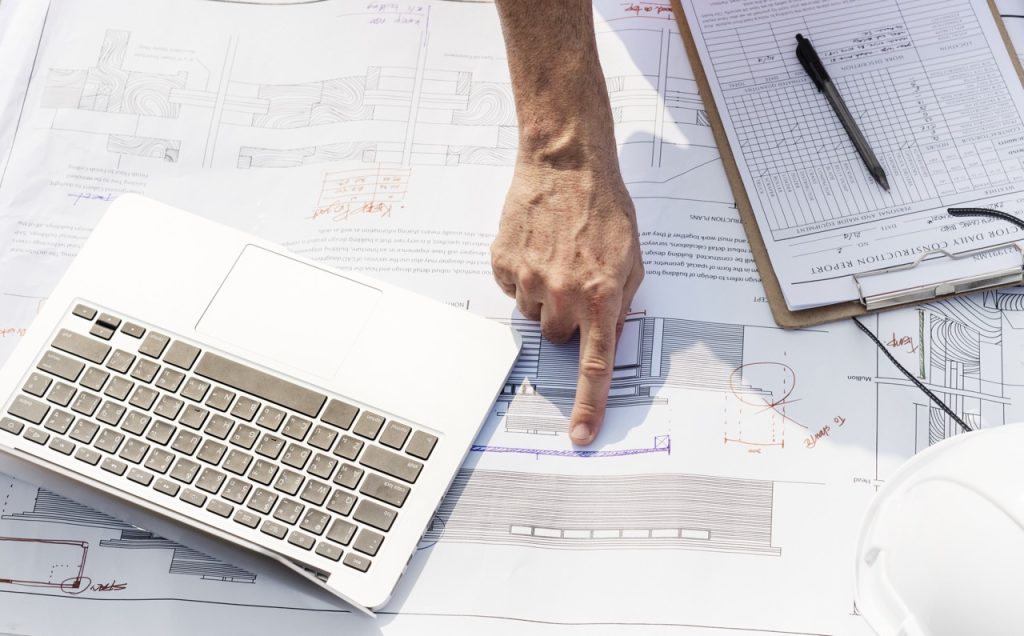
The Value of 3D Renderings
Will you provide 3D renderings or models of the design?
3D renderings or models can be incredibly valuable in visualising the final product. They provide a realistic view of the design, helping you make informed decisions.
Ask if the designer offers 3D renderings as part of their service. This can give you a better understanding of how the finished project will look and feel.
3D models can also help identify potential issues early on, allowing for adjustments before construction begins. This can save time and money in the long run.
Ensuring Budget Compliance
How do you work with clients to ensure that the project stays within their budget constraints and cost of the plans and consultants?
Staying within budget is critical for any project. Understanding how the designer works with clients to manage costs is essential.
Ask about their approach to budgeting and cost control. Do they provide detailed cost estimates? How do they handle unexpected expenses?
Knowing this information will help you plan your finances better and avoid any nasty surprises. It also ensures that the project stays on track without compromising on quality.
Understanding The Process
Engaging with a building designer is a significant step in any construction project. Asking the right questions can make all the difference in ensuring a smooth and successful process.
By understanding the timeline, design process, handling of amendments, required consultants, and application procedures, you can set your project up for success. Clarifying the types of drawings, establishing a primary point of contact, and ensuring effective communication are also crucial steps. Additionally, the value of 3D renderings and budget compliance cannot be overstated.
The team at Sydney Drafting Concepts & Design, can happily answer these questions and any other queries you may have.

